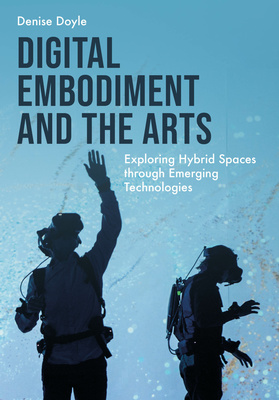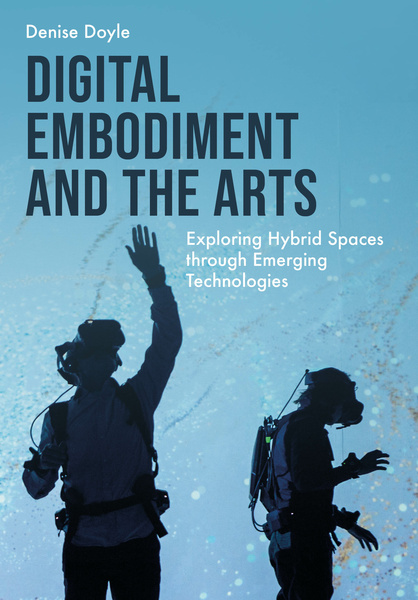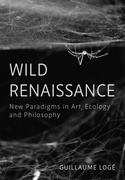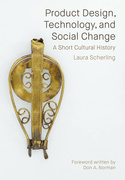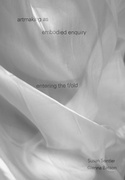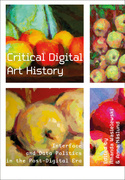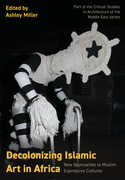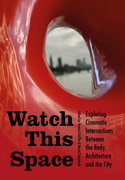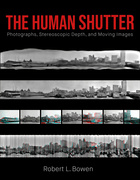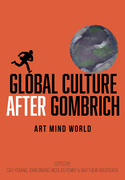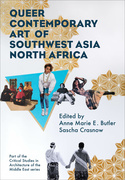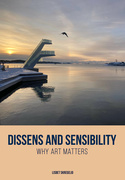Digital Embodiment and the Arts (Book)
Exploring Hybrid Spaces through Emerging Technologies
A timely examination of the use of emerging technologies in the arts in recent decades, from the first wave of Virtual Reality through to the current use of Mixed, Augmented and Extended Realities. It highlights the necessity of understanding technological experiences through the assumption that all experience is embodied. 24 col 2 b&w illus.
Edition
A timely examination of the use of emerging technologies in the arts in recent decades, from the first wave of Virtual Reality through to the current use of Mixed, Augmented and Extended Realities. It highlights the necessity of understanding technological experiences through the assumption that all experience is embodied. An explosion of digital culture and experience has most certainly given artists and creative practitioners new ways of exploring a hybridisation of creative practices with access to technological tools only previously dreamt of. Further, there are a number of threads around digital embodiment and its centrality to the digital experience.
The book is divided into 3: Section 1 explores the whole notion of embodied experience through a study of space and virtuality, imagination, and technology. Section 2 lays the ground for a more explicit understanding of the role the body has in our engagement with the digital technologies focussing on three distinct bodies: the gravitational body, the virtual body, and finally the hybrid body. Section 3 is split into three chronological chapters in terms of technological developments, that of VR, Virtual Worlds, and Augmented, Mixed, and Extended Realities.
While individual aspects and themes covered here can be found in some recent books, there is little that places digital embodiment within the arts in the way this book does. A unique synthesis.
With over 20 years of experience in arts and new technologies Dr Denise Doyle continues to research the impact of emerging technologies on practices across a diverse range of creative fields. As a practitioner and and a theorist her research interests focus on virtual worlds, embodied experience, virtual reality, phenomenology, digital narratives, and gravity, outer space and artistic practice. She is Principal Editor of the Journal of Virtual Creativity published by Intellect and Visiting Professor at Ontario College of Art and Design University, Canada.
List of Figures
Acknowledgements
Foreword
Introduction
SECTION I: EMBODIMENT AND SPACE
1. Digital Embodiment and the Arts
Introduction
Digital embodiment
Privileging the body over the eye
The art and science of embodiment
Consciousness, cognition, and embodiment
Hybridity as concept: Towards post-hybrid approach
A post-hybrid approach to embodied cognition
Embodiment systems and The Machine to be Another (TMTBA)
Conclusion
2. Imagination, Space, and Immersive Technologies
Introduction
On the virtual and time
On the imaginary and space
Conclusion
SECTION II: BODY
3. Gravity Body
Introduction
Outer space and virtual space
Art practices at the frontiers of space
Zero-gravity flight
Embodiment and zero gravity: Tipping points, liminal states
Consciousness, gravity, and embodiment
Susan Kozel and Gravity and its Sisters
Louise K. Wilson and Aerial Stories
Conclusion
4. Virtual Body
Introduction
Immersion, telepresence, and the body of the avatar
Being in (an) other body: Joseph DeLappe and MGandhi
The virtual body experience of Wanderingfictions Story
Performativity and the virtual body
The Meta-Dreamer project
Living between worlds
Ontologies of virtual bodies and spaces
Conclusion
5. Hybrid Body
Introduction
Hybridity: The cyborg body
Stelarc and the cyborg/hybrid body
Inhabiting the robot body
Identity and the hybrid body
The bio-cultural body
The post-gendered body
Micha Cardenas’s Becoming Dragon
Catarina de Sousa’s Delicatessen project
Lynne Heller’s The Adventures of Nar Duell
Conclusion
SECTION III: TECHNOLOGY
6. Two Waves of Virtual Reality
Introduction
A brief history of the development of VR
First wave of artists engaged in VR
Extending the senses: Touch and smell and the sense of ‘being there'
Second wave of artistic practices in VR
Early adopters of the second wave
The Lumen Prize for VR
Empathy and affect in VR
Conclusion
7. Artistic Practice in Virtual Worlds
Introduction
Art and virtual space
The early history of arts practice in virtual worlds
Pioneering work in the early days of Second Life
The Kritical Works in SL I and II virtual exhibitions
Kritical Works in SL II
Translating art in virtual worlds
Virtual worlds artworks since 2010
Conclusion
8. Augmented, Mixed, and Extended Realities
Introduction
‘Different’ realities: Augmented, mixed, virtual, extended
Augmented reality (AR)
MR: Mixed reality
Mixed reality and performance
XR: Extended reality
(Un)Balance (2020)
Aerobanquets RMX (2017)
We Live in an Ocean of Air (2018–21)
The Cosmos Within Us (2020)
Carne y Arena (virtually present, physically invisible) (2017)
Robotic encounters in extended reality
Conclusion
Conclusion
Index

